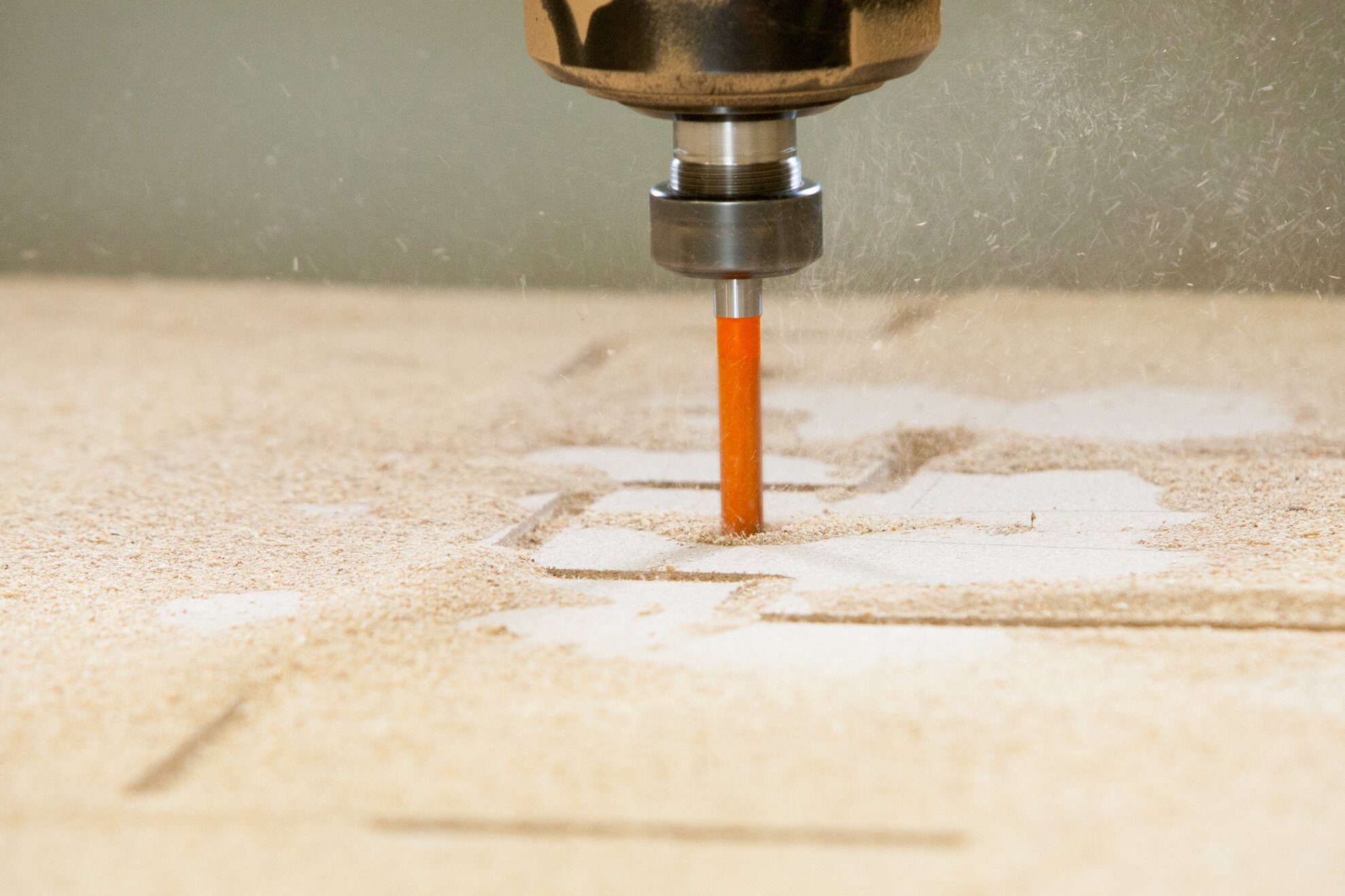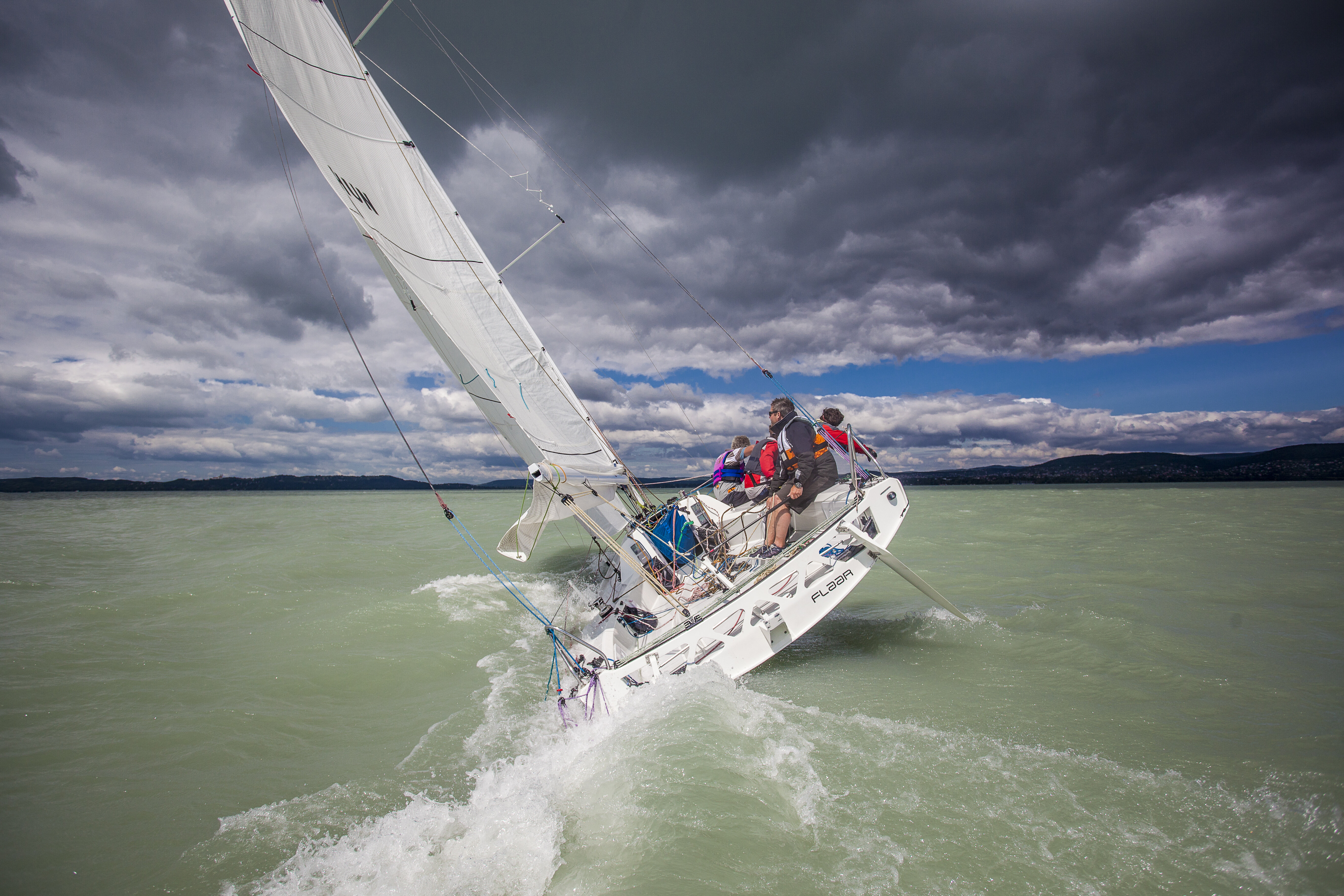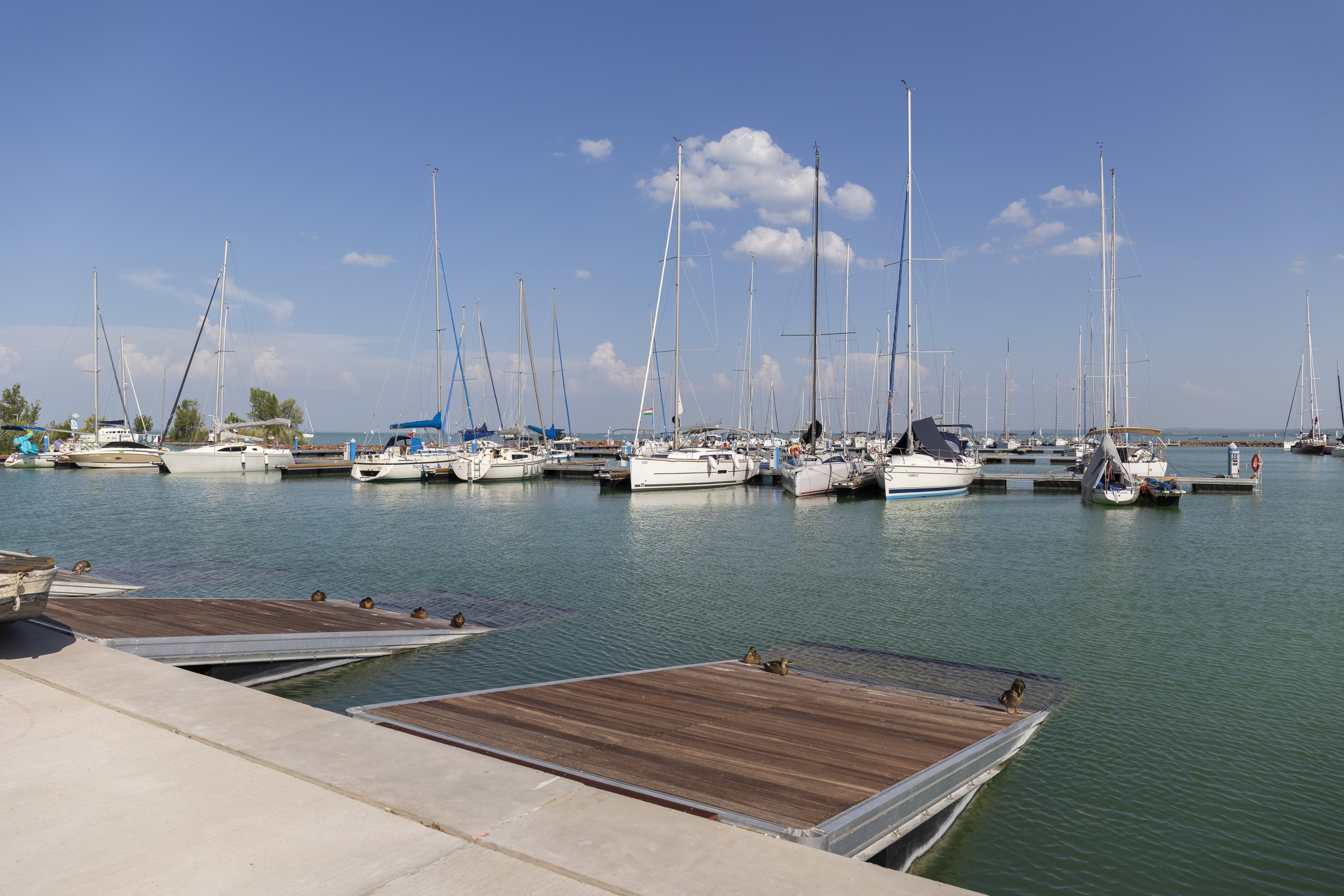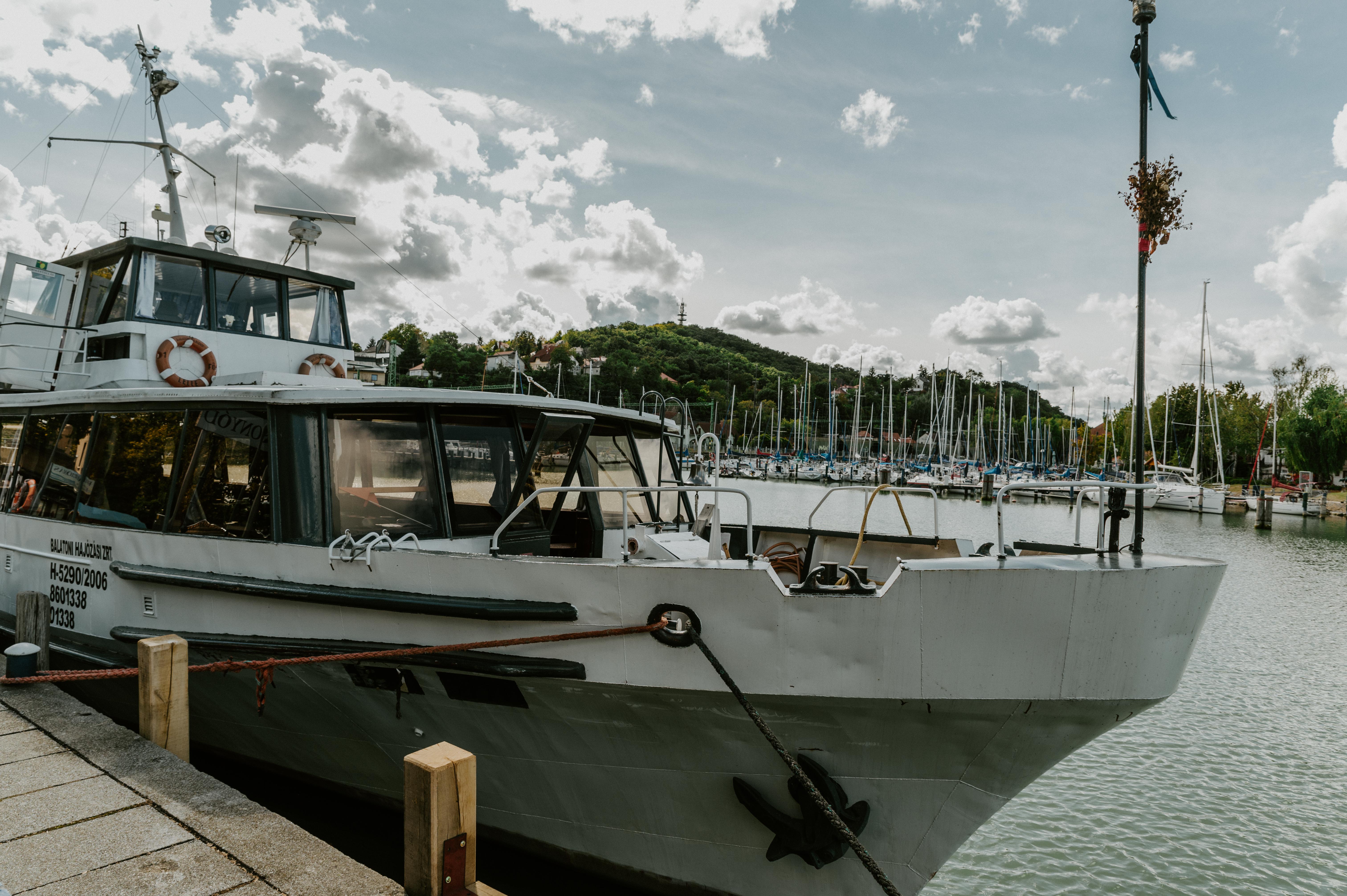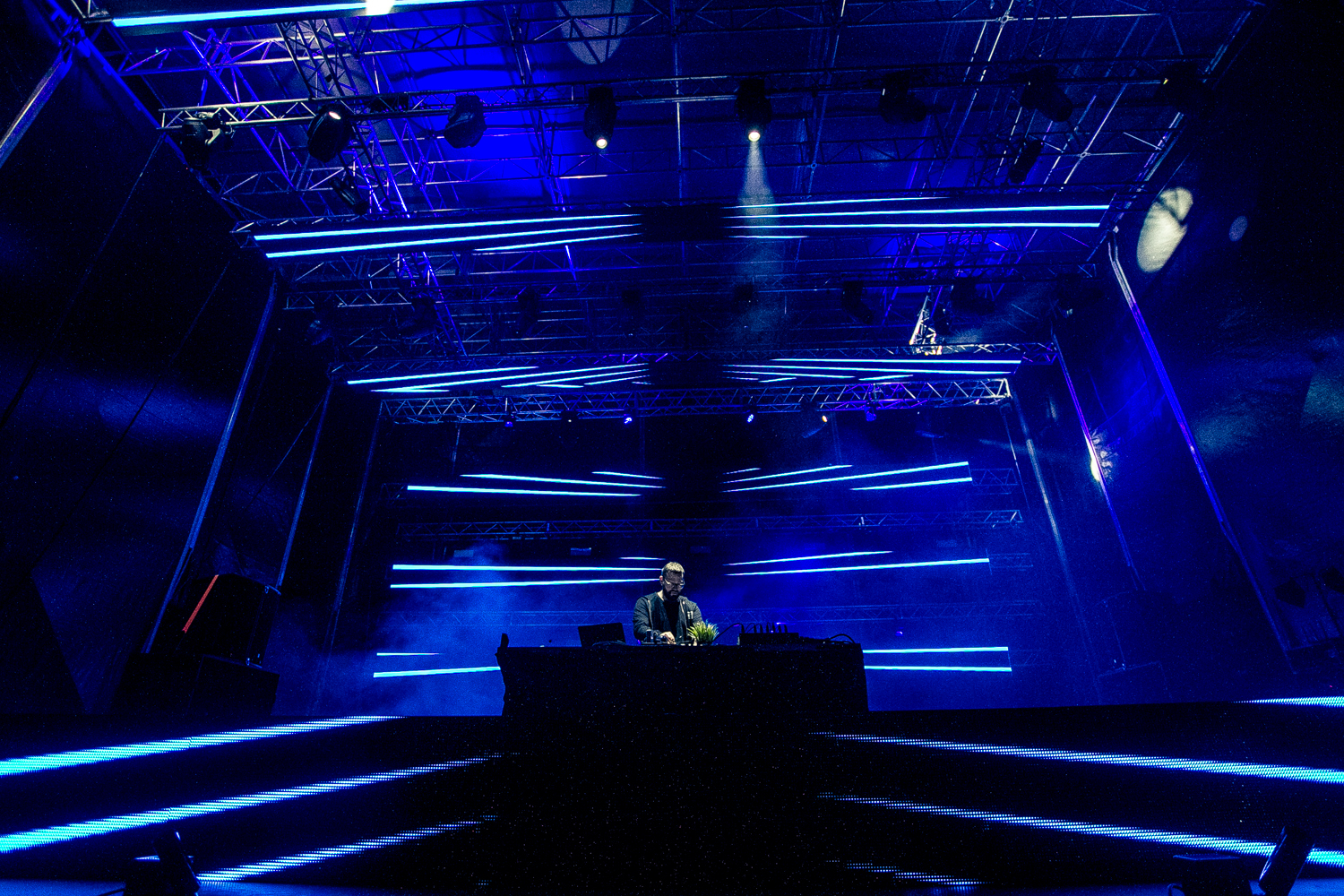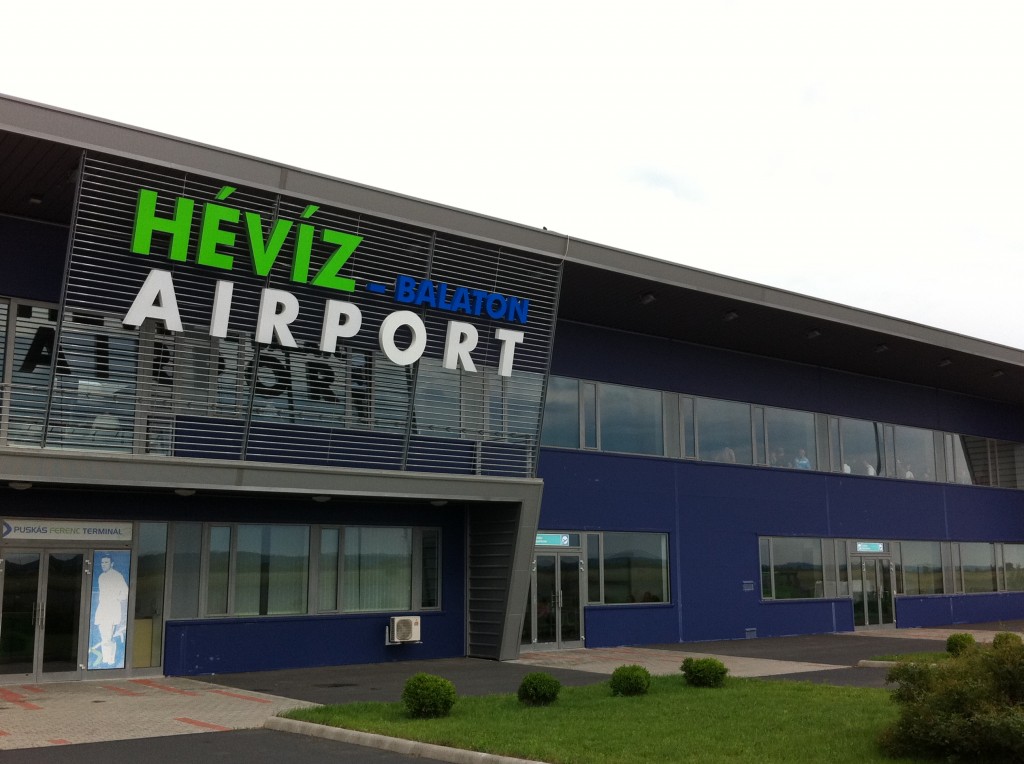Attila Déry had already been into building boats for about a decade – first as a hobby and later as a profession – when in December 2006 he teamed up with Zoltán Mezey, a doctoral student of composites at the Budapest University of Technology and Economics, to launch FLAAR, which is the abbreviated form of Flying and Architecture. They set up their first workshop in the family garage in Budakeszi, and the client involved in their first major project was none other than 11-time Kékszalag champion Farkas Litkey: the duo worked on revamping and transforming Litkey’s legendary ship Lisa. After the boat was complete, the experienced sailor emerged victorious from the iconic regatta on four occasions. In the beginning, the team worked on custom orders and a bunch of industrial projects.
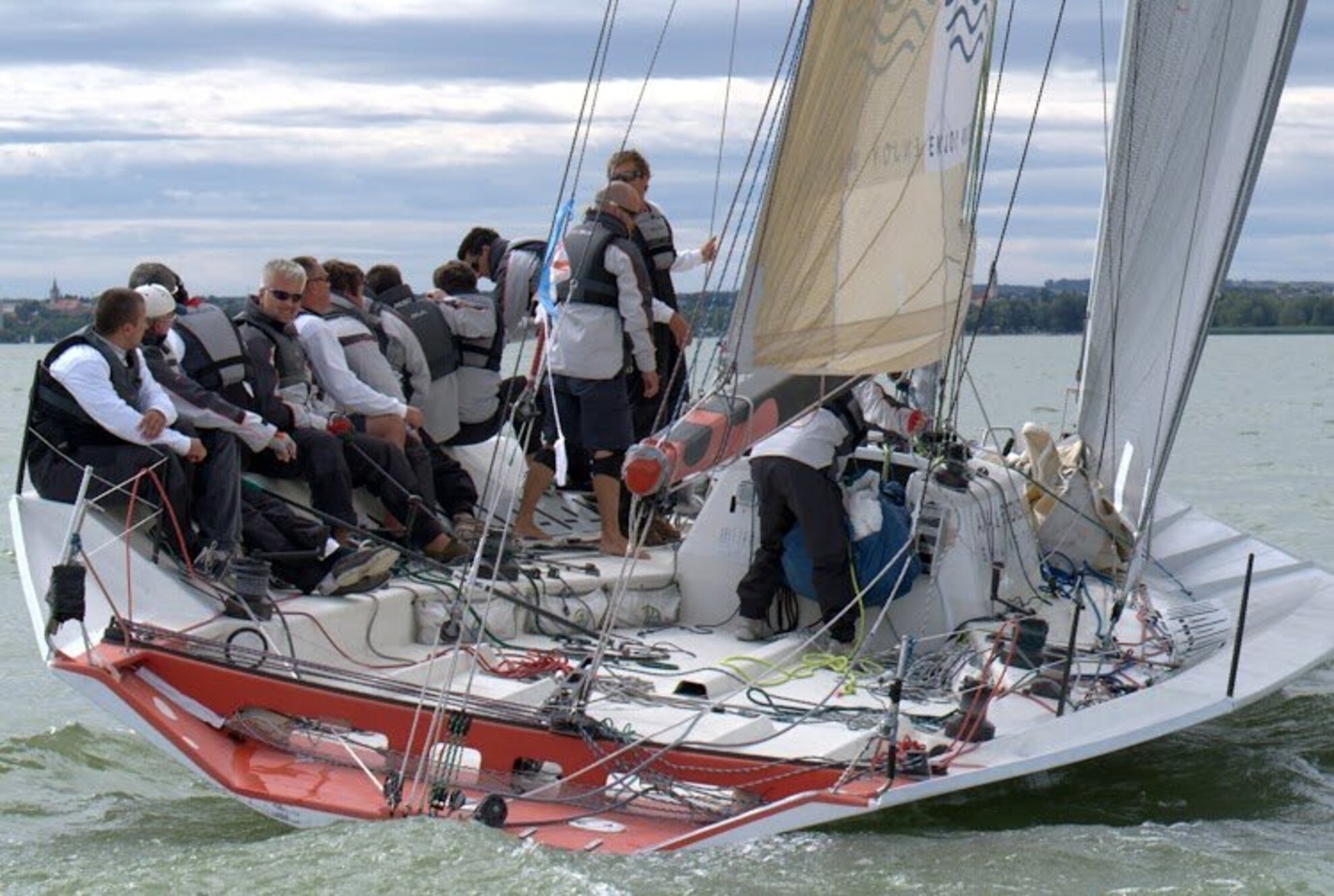
In the 00s, there was only one carbon sailboat equipped with a canting keel on Hungarian waters: Fahajó, owned by Nándor Fa. (Canting keels provide a longer lever arm, meaning that the surface of the sail can be increased.) The next project of the FLAAR team was to put an end to this monopoly: based on the commission of Lajos Varga, they constructed an 8-meter boat called Nelson, which is easily recognized by its striking blue color and surprising speed. It’s a single-handed sailboat, which means that it can be steered by a single person, but contrary to what the terminology suggests, the boat’s solitary crewmember is allowed to use both of his hands. This was the very first ship designed and built by the FLAAR team from scratch, and the model has proved highly successful: in 2014 owner Lajos Varga won the TBS Single-Handed Grand Prix, the Kenese-Keszthely Solo, the Yardstick I./1 category of Kékszalag and the competition of the participating 8-meter boats as well.
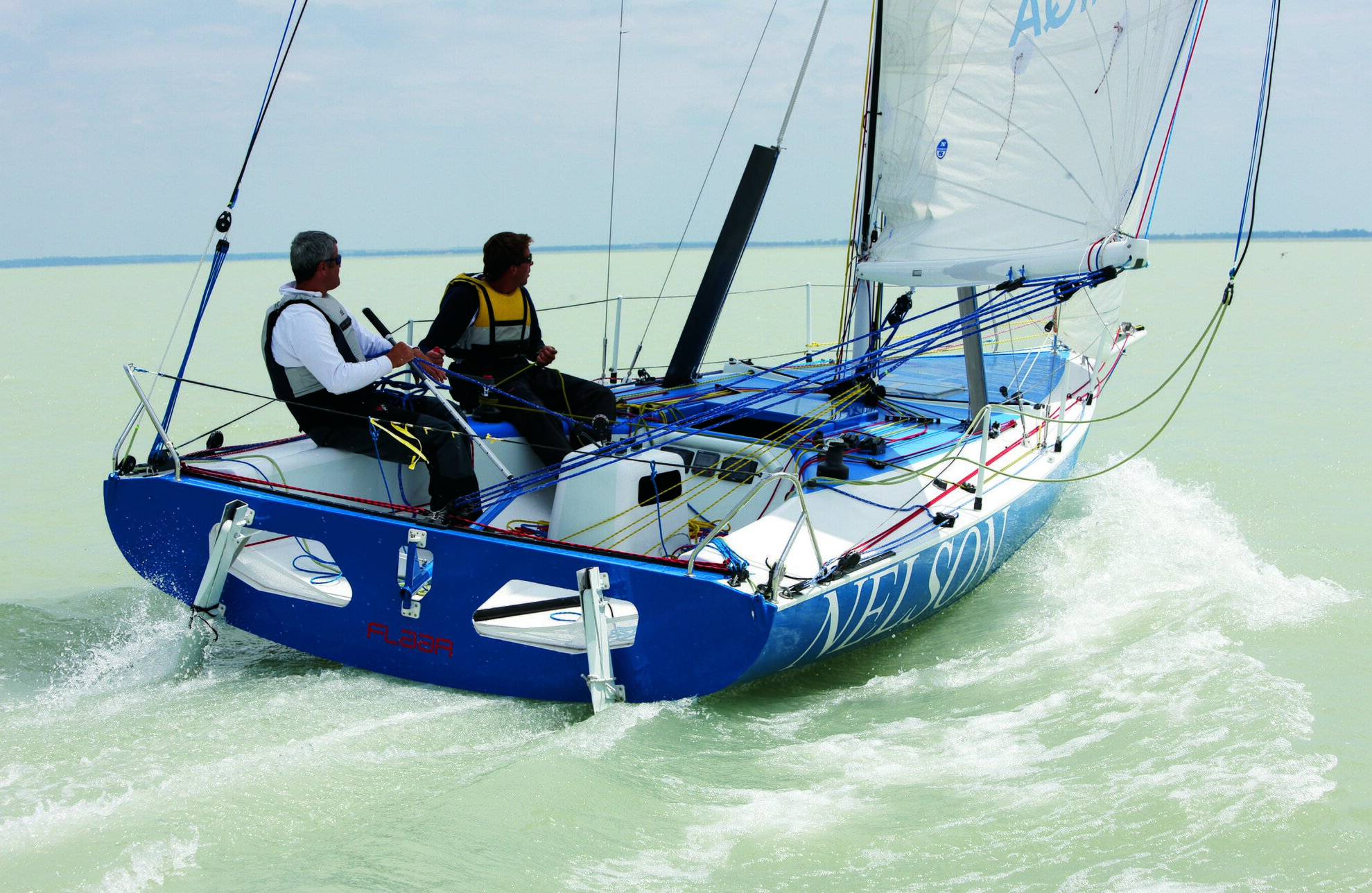
Meanwhile, FLAAR has made a lot of progress in terms of its technological background as well. The enterprise soon outgrew the family garage, so in 2009 the team moved to a new workshop in Etyek. That’s where their CNC milling machine is located – they use it to create the molds of hulls and other boat parts. This is where the company’s industrial base is situated as well: some of the things they produce here include machine cases, various structural elements, car parts and even medical devices. After a while, when the Etyek location became too crowded as well, the team started contemplating moving closer to Balaton, eventually opening another FLAAR workshop in Paloznak in 2014. The company also works with universities, being involved in innovative projects, diploma projects and R&D.
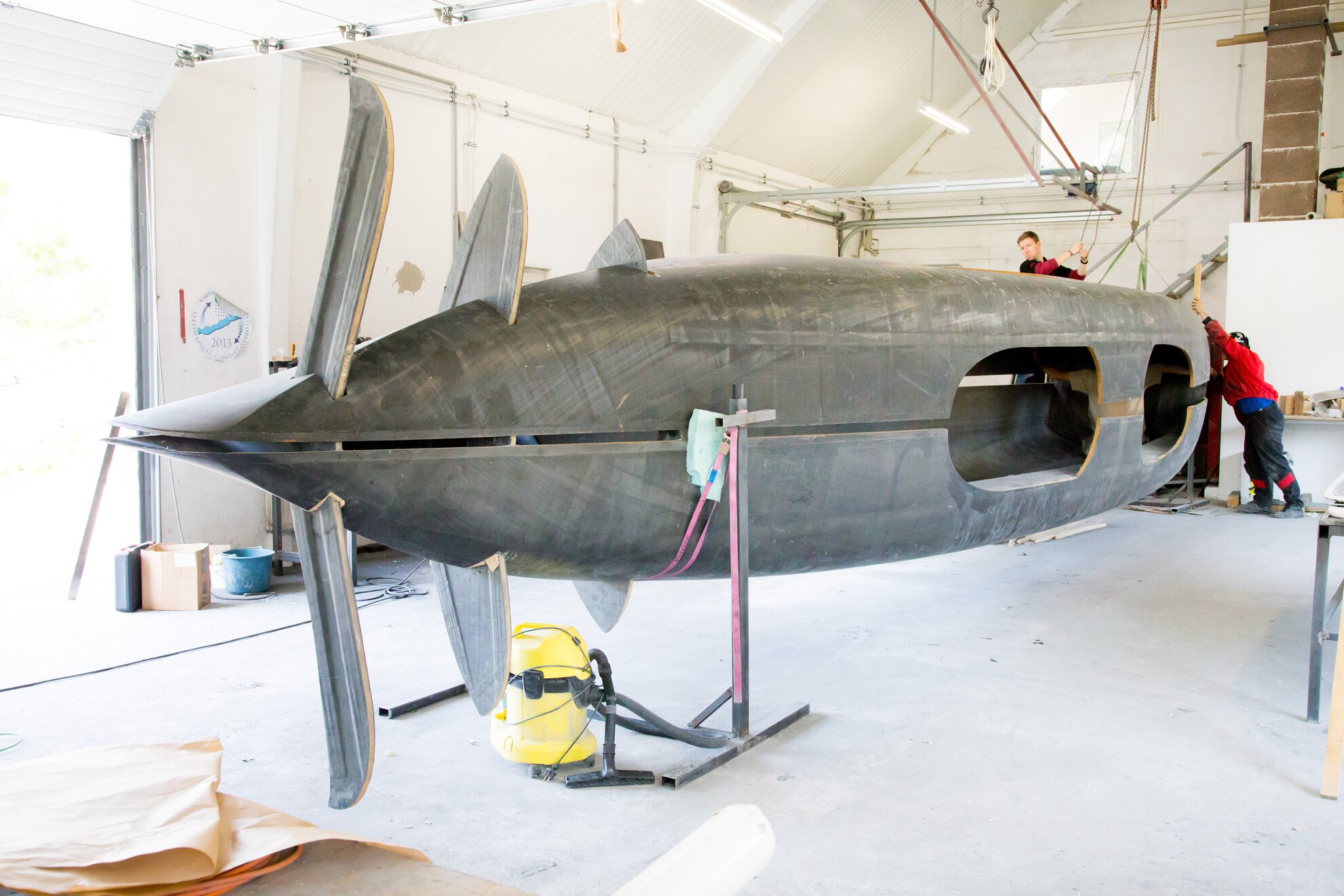
With two workshops and fantastic references under their belt, the FLAAR team has now set the bar even higher: they are working on building a brand new class boat, a small, monohull watercraft. FLAAR 18 is a 5.44-meter boat equipped with a trapeze, which can be sailed by four people at most (the ideal size of the crew depends on the strength of the wind). It’s suitable for racing, touring and teaching as well. Due to its modern construction, the boat is very fast, yet easy to manage, which makes for a great sailing experience. The aim is to have a separate class established for the FLAAR 18 in Hungary, and they’re closer to achieving it than ever before: they’ve built 15 boats so far, but many of them are used abroad, in Germany and Austria.
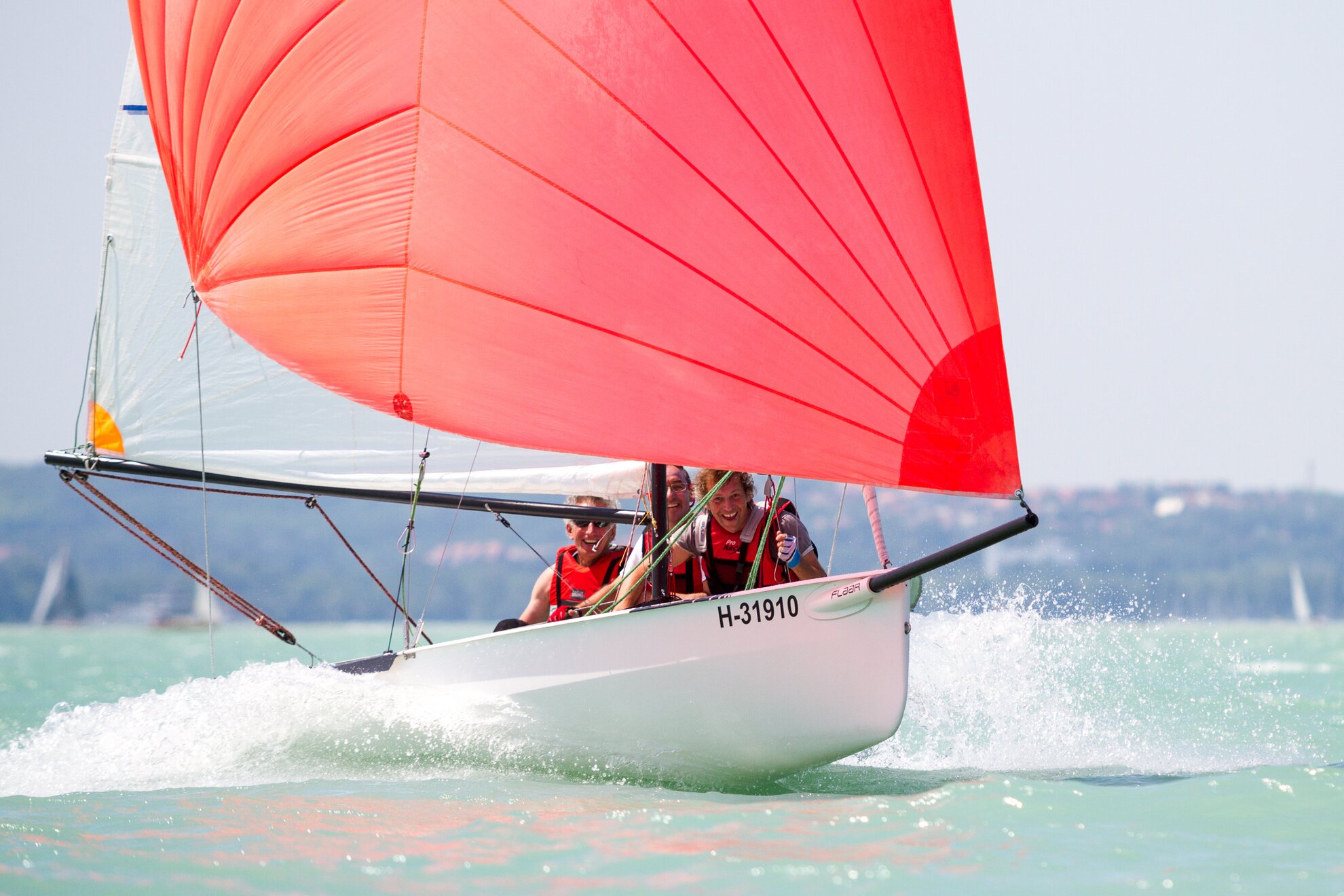
The other boat that has been designed and constructed by the FLAAR team is called FLAAR 26: the 26-foot vehicle is wide, but has a relatively small wetted surface area, which – together with a massive sail area – makes this boat super quick, especially compared to the other sailboats in its category. If you’re curious about what this watercraft looks like in real life, try to spot Kolibri swaying somewhere on Balaton. This type of boat is great for both course and tour racing, and it’s a wise choice for single-handed races, too. So wise, in fact, that Lajos Varga, the owner of the aforementioned Nelson, had a tweaked version built: his FLAAR 26 RR sailboat is called “Nelson Flottalízing”. As for the future, Attila Déry has dreamed up a bigger, innovative boat named FLAAR 37, a light and fast monohull with a cabin that’s perfect for races and boat trips. FLAAR boats are a representation of cutting-edge design, and are built from revolutionary materials, so they tend to be much lighter than boats in the same category. For example, the FLAAR 26 model with all its equipment weights a mere 800 kg instead of the usual tons.
As mentioned above, the FLAAR yard produces sailboats as well as motorboats. Designed by Attila, Bravo 6.0 RIB is a sleek, stable boat that is easy to steer and has low fuel consumption. The plastic parts of the vessel are being produced by FLAAR based on the commission of Bravo Boats Kft. While the private use of motorboats is not allowed on Lake Balaton, there’s always a need for training and escort boats, and Bravo 6.0 is an excellent vehicle for this kind of work.
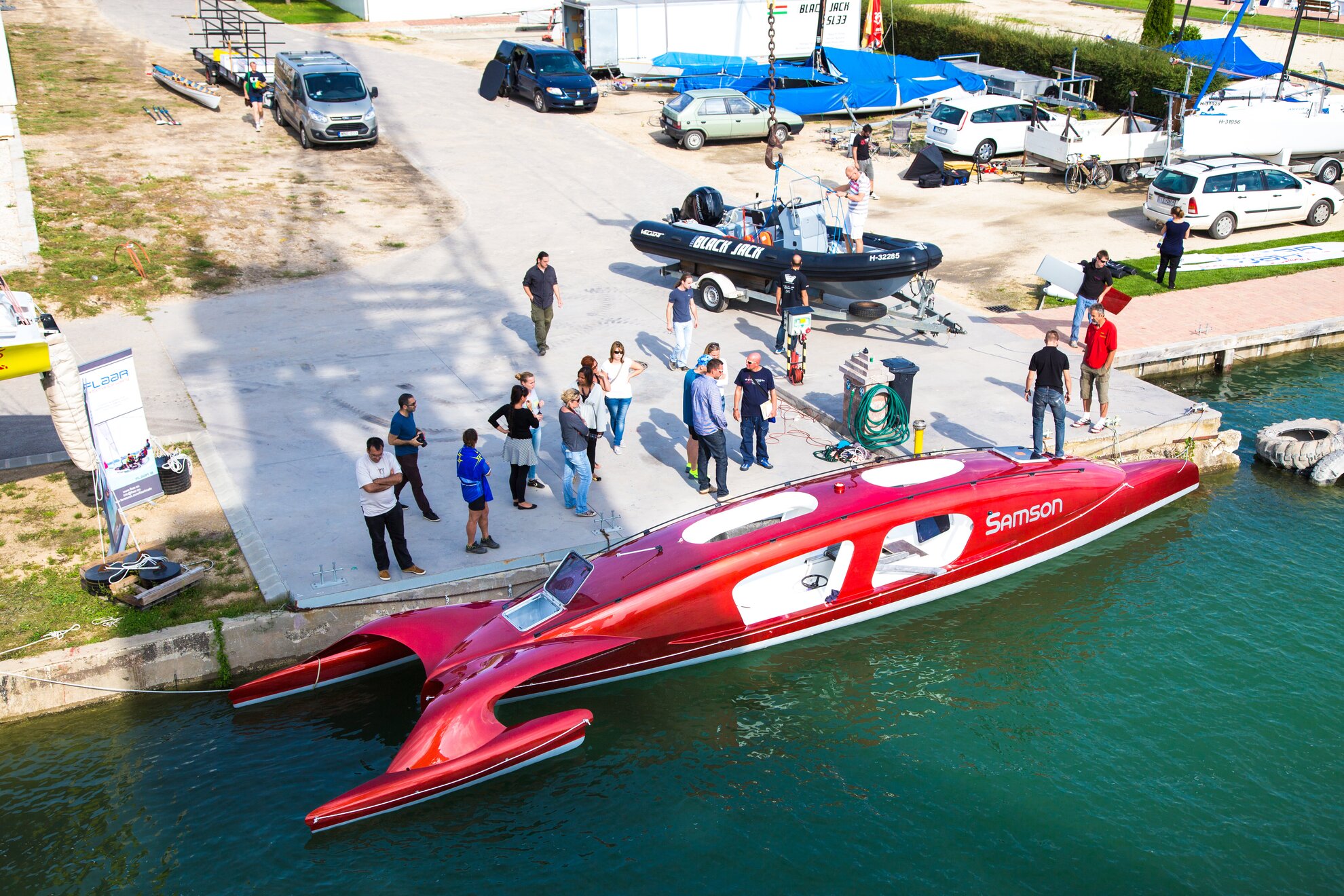
FLAAR has also worked on Gábor Rakonczay’s boat Tűzhangya – no wonder that András Bakos asked the team to build his ocean rowboat Samson, whose plans originated in New Zealand. This two-person, transatlantic boat has to withstand the grueling conditions out in the ocean, especially since the thrill-seeking duo has decided to row in the northern region. It’s important that boats like this be self-righting, and unlike most boats, Samson – as well as Tűzhangya – is capable of self-righting without an outer keel thanks to the bouyancy volume being high above the waterline. The dark red, dolphin-shaped boat is currently stored at Hajógyári Marina in Balatonfüred.
